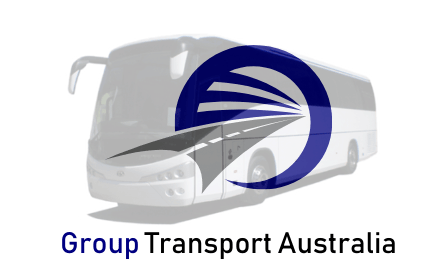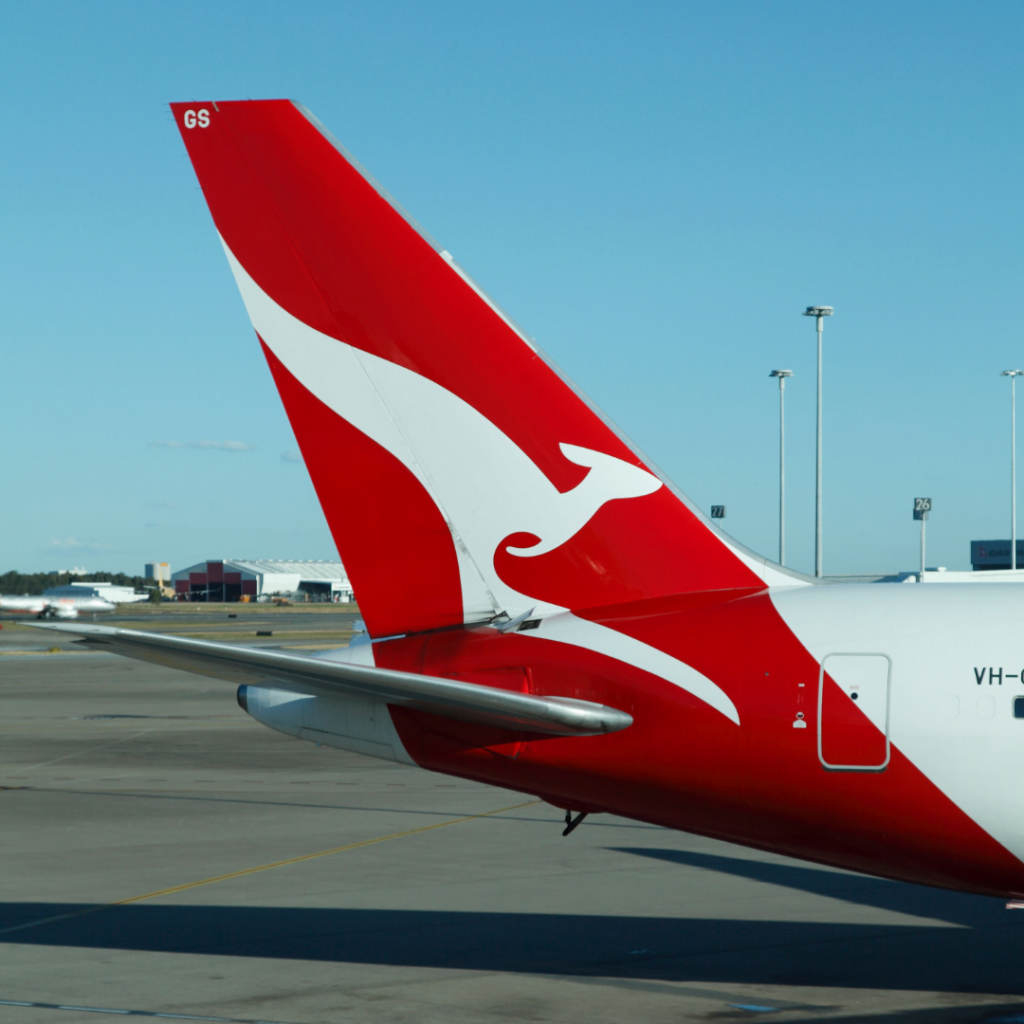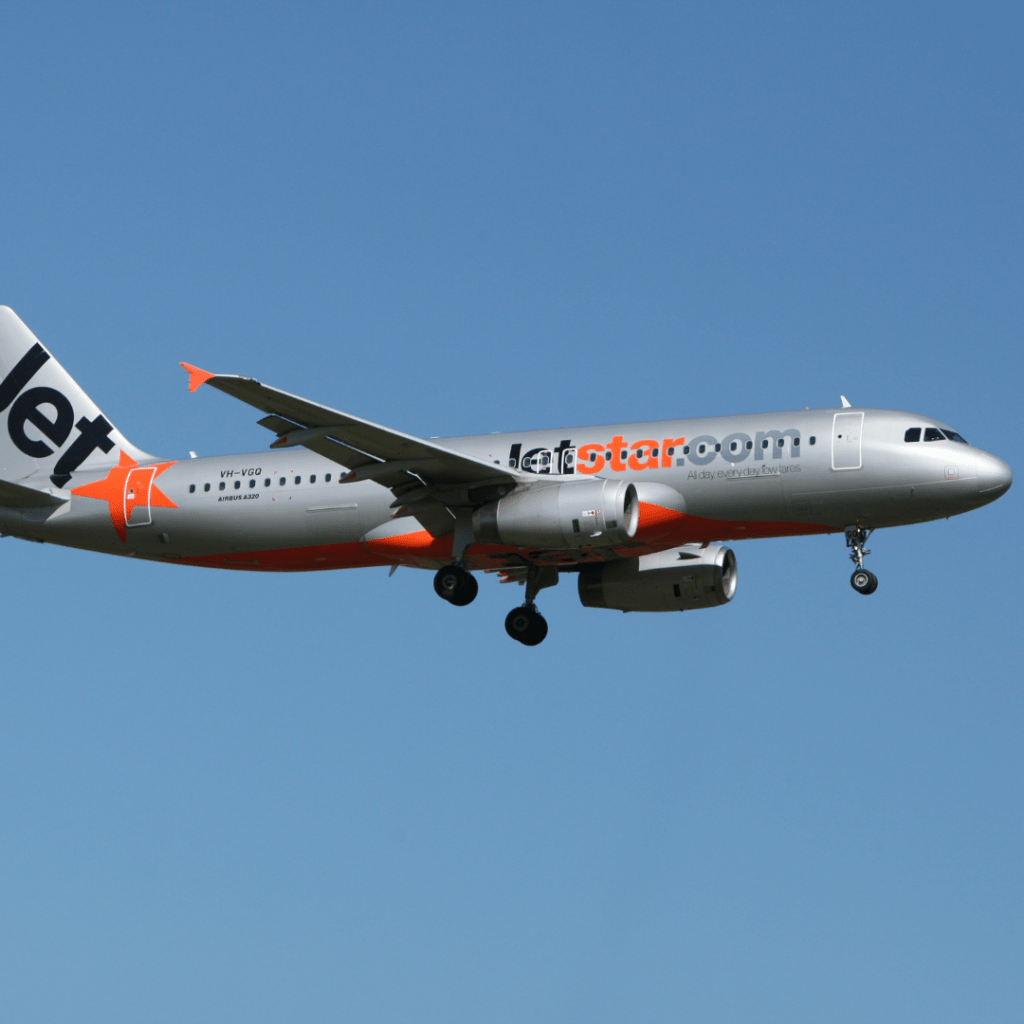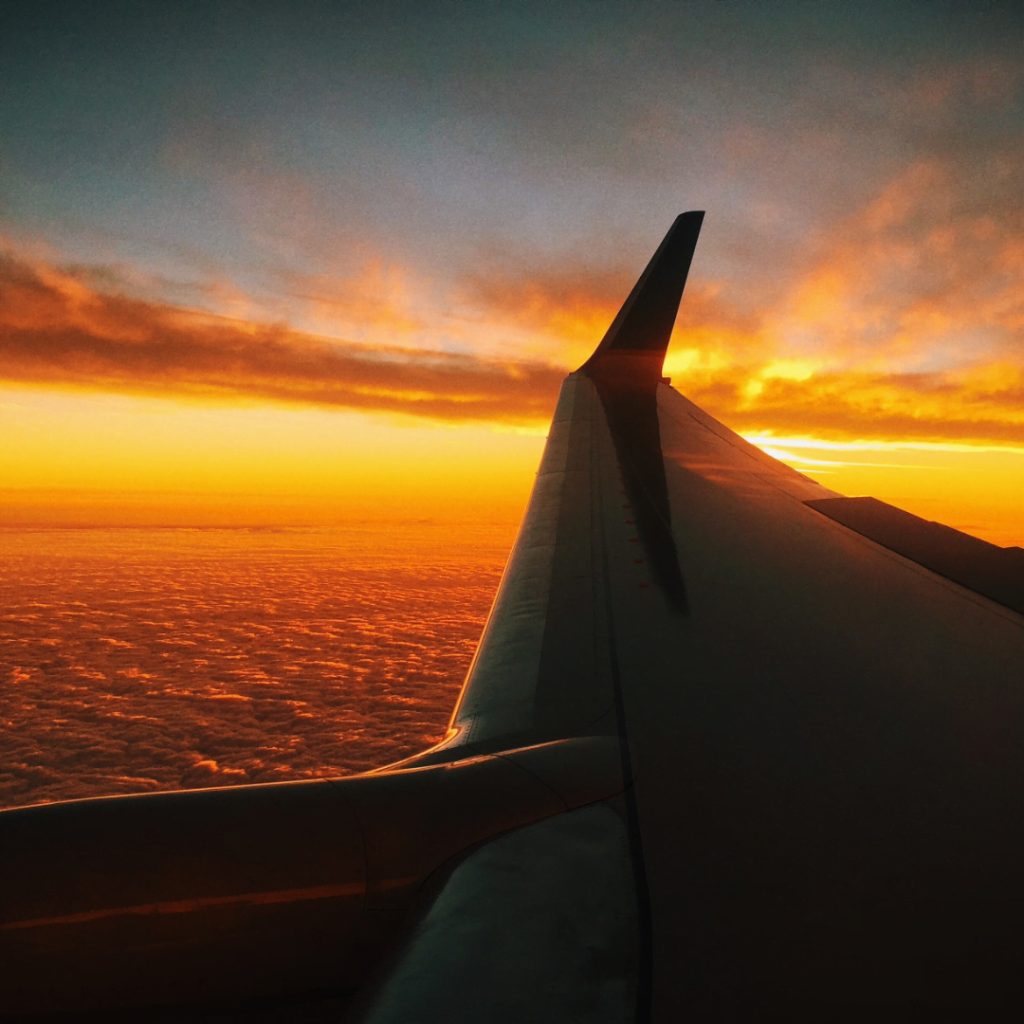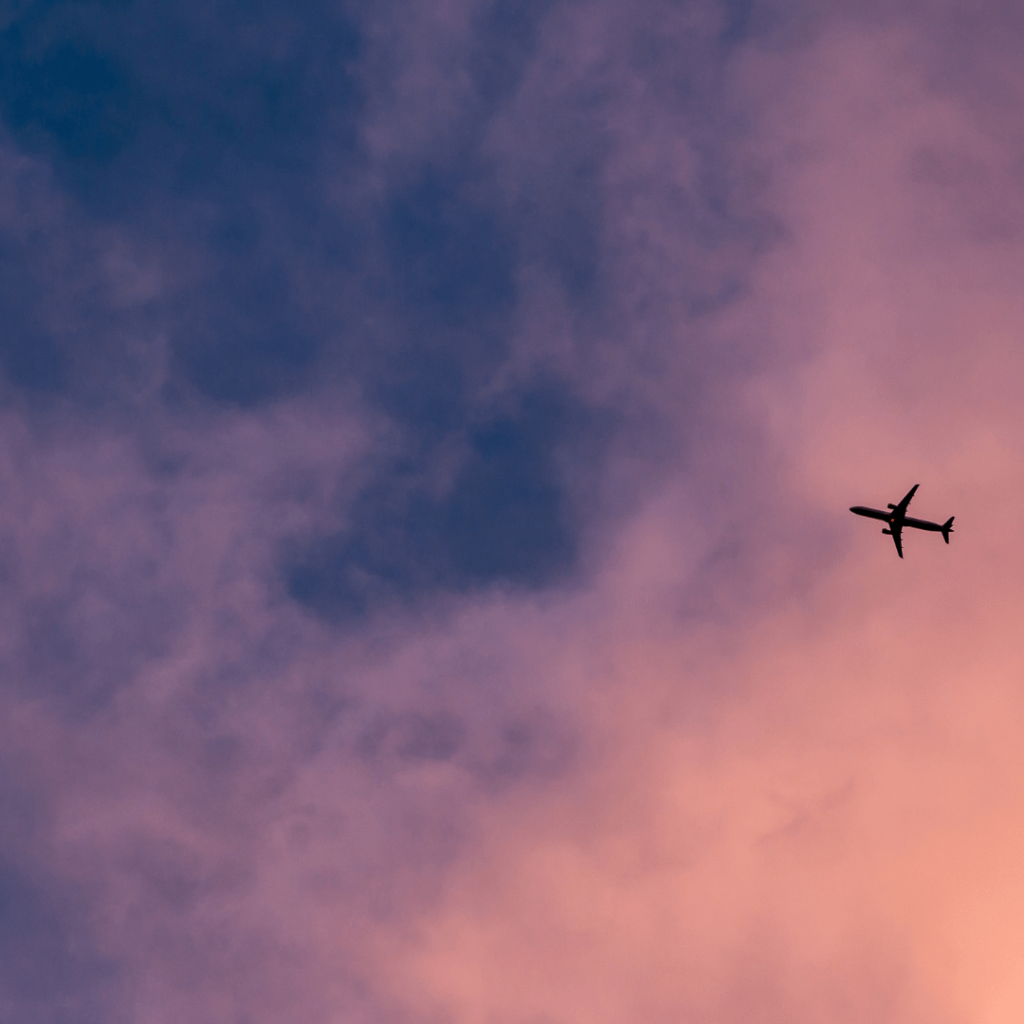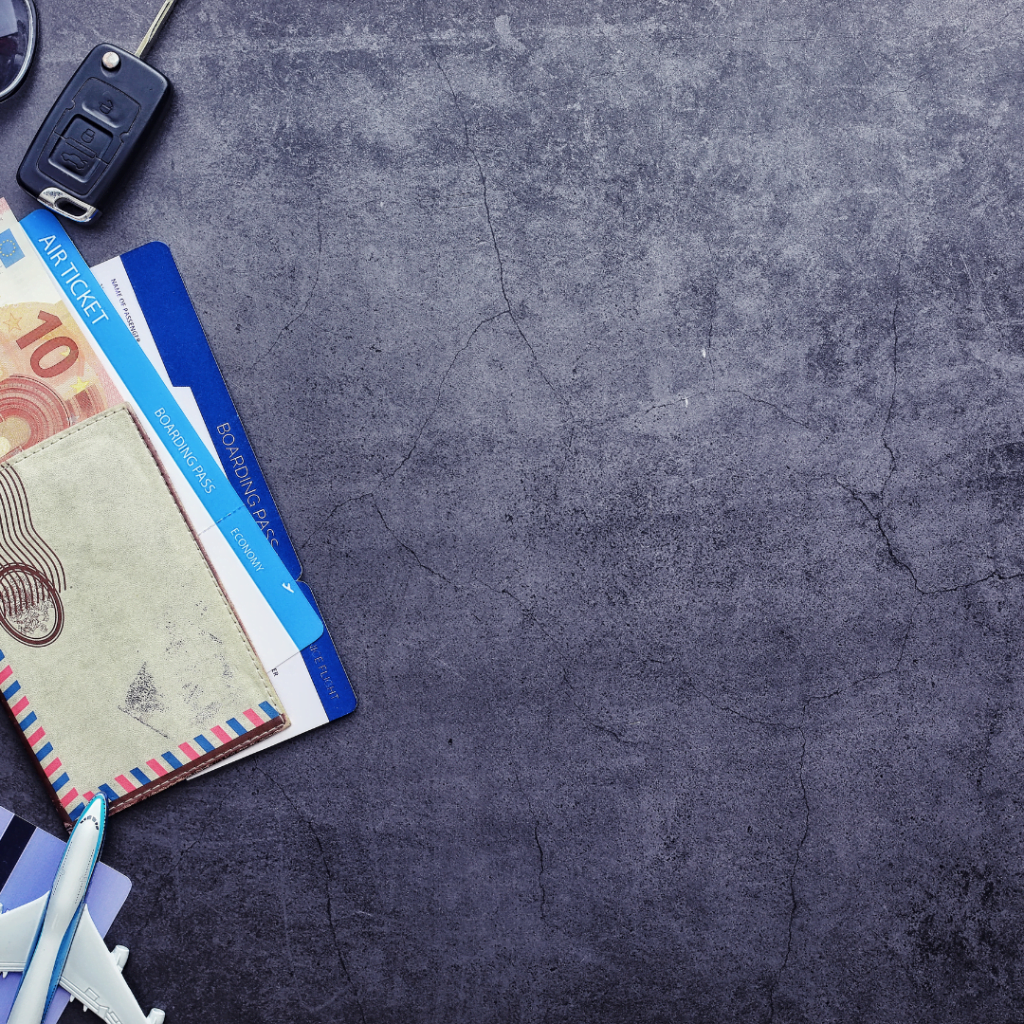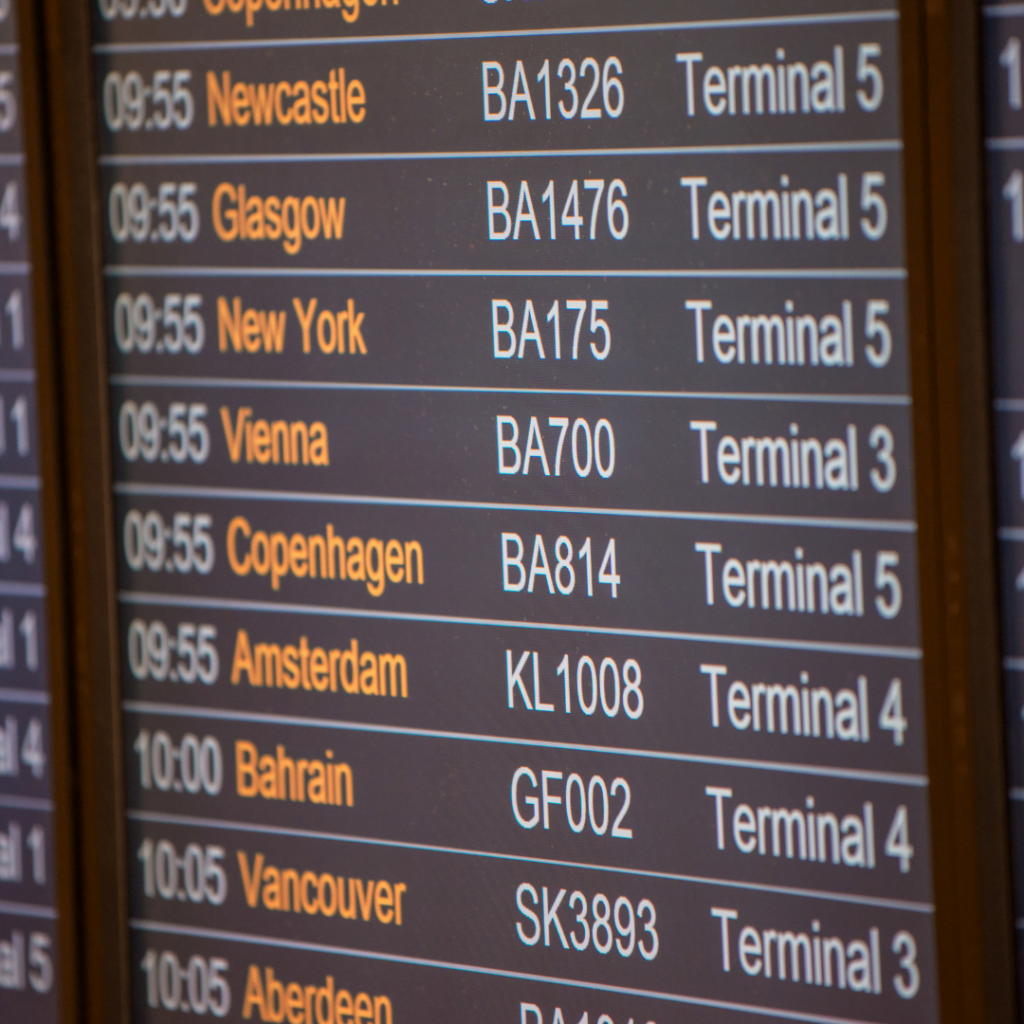Look no further than Group Transport Australia for Sydney Airport Transfers and information. Sydney Kingsford Smith is a global air terminal in Sydney, Australia, found 8 km south of the Sydney main business region, in the suburb of Mascot. Sydney Airport Holdings owns the air terminal.
It is the essential air terminal serving Sydney. It is a crucial center point for Qantas, just as an auxiliary center for Virgin Australia and Jetstar, only as a central city for Air New Zealand. Arranged close to Botany Bay, the air terminal has three runways.
Sydney Airport Terminals
Sydney Airport has three traveler terminals. The International Terminal is separate from the other two by a runway; allow time and transport between terminals for travelers on connecting flights.
Terminal 1 (International)
Terminal 2 (Domestic)
Terminal 3 (Domestic) QANTAS TERMINAL
Private Transport Sydney, New South Wales
Sydney Airport transfers are a privately hired service for any sized group, vehicles seating 5, 13, 24, 28, 40 and 57+ are available to cover any travel needs you require.
Book Gold Coast Airport Transfers Here
Airport Terminal Shuttles
Group Transport Australia is offers transport between Sydney Airport Terminal
Airport School Bus
Mini-buses with trailers to full-size coaches, Group Transport Australia provides top-quality School Airport Transfers to and from the accommodation. Have peace of mind knowing that you have a pre-booked bus with a driver waiting to greet you at the arrivals.
Book School Airport Transfers Here
Corporate Airport Transfers
Transport options from Limousines to large deluxe coaches are ready to transport any size Corporate group. Contact Group Transport Australia and one of our representatives will find you the best vehicle for the best price.
Book Corporate Airport Transfers Here
Sydney Airport Street Access
- Street access: Sydney Airport has street associations every which way. Southern Cross Drive, a motorway, is the quickest connection with the downtown area. The M5 South Western Motorway interfaces the air terminal with the south-western rural regions of Sydney.
- The Airport runs a few authority vehicles leaves—Domestic Short Term, Domestic Remote Long Term, and International Short/Long Term.
- The International Terminal is situated alongside a wide common and bikeway. It joins Mascot and Sydney City in the north-east with Tempe and Botany Bay toward the southwest. All terminals offer bike racks and are additionally effectively available by foot from close by regions.
Why Pick Group Transport Australia?
A private vehicle for your own personal tour
Flexible Pick-Up Locations
Flexible Pick-Up Times
100% Customisable Packages
Make your own Bus Tour
Leave it to our drivers!
Contact our office today with your plans for your very own Sydney bus tour!
Looking for something to do in Sydney?
- Sydney Go-Karting-Transfers
- Romantic Cruise for two on Sydney Harbor
- The Rocks Pub Tour
- Sydney Tower Eye and Skywalk
- Sydney Wildlife Zoo
History of Sydney Airport
- Sydney Airport is one of the world’s longest constantly worked business airports and the busiest air terminal in Australia, taking care of 42.6 million passengers and 348,904 aeroplane movements in 2016–17. It was the 38th busiest air terminal on the planet in 2016. Right now, 46 homegrown and 43 global objections are served to Sydney straightforwardly.
- The land utilized for the air terminal had been a bullock paddock. Love set up Mascot as a private concern, renting 80 hectares (200 sections of land) from the Kensington Race Club for a very long time.
It at first had a small material design yet was later furnished with an imported Richards shelter. The primary departure from Mascot was in November 1919 when Love conveyed independent film picture taker Billy Marshall up in an Avro. - In 1933, the main rock runways were fabricated. By 1949 the air terminal had three runways – the 1,085-meter (3,560 ft) 11/29, the 1,190-meter (3,904 ft) 16/34 and the 1,787-meter (5,863 ft) 04/22.
- By the 1960s, another worldwide terminal requirement had gotten obvious, and work started in late 1966. A significant part of the new terminal was planned by Paynter and Dixon Industries, with Costain named lead contractor.
- The new terminal was formally opened on 3 May 1970 by Queen Elizabeth II.
- The constraints of having just two runways that crossed each other had gotten clear, and governments wrestled with Sydney’s air terminal limit for many years; in the end, the questionable choice to fabricate a third runway was made.
The third runway corresponds to the current runway 16/34, all together on recovered land from Botany Bay. A proposed new air terminal on Sydney’s edges was racked in 2004, preceding being reconsidered in 2009–2012, showing that Kingsford Smith air terminal won’t adapt by 2030. - In 2002, the Commonwealth Government sold Sydney Airport Corporation (SAC) to Southern Cross Airports Corporation Holdings for $5.4 billion. 83% of SAC is possessed by MAp Airports International Limited, an auxiliary of Macquarie Group, Sydney Airport Intervest GmbH own 12%, and Ontario Teachers’ Australia Trust own 5 for each cent.
- In March 2010, the Australian Competition and Consumer Commission delivered a report forcefully incredulous of cost gouging at Sydney air terminal, positioning it fifth out of five air terminals.
Terminal History
Qantas sold its rent of Terminal 3, which was until 2019, back to Sydney Airport for $535 million. This implies Sydney Airport resumes operational duty of the terminal, including the worthwhile retail areas.
Terminal 1 (International)
Terminal 1 was opened on 3 May 1970, taking over from the old Overseas Passenger Terminal, and has been significantly extended from that point forward. Today it is known as the International Terminal, situated in the air terminal’s northwestern area.
It has 25 entryways served by aerobridges. Dock B is utilized by Qantas, every single Oneworld part, and all Skyteam individuals. Dock C is being used by Virgin Australia and its accomplices just as top pick Alliance individuals. There are also various far-off runways that are continusously used during the busy periods, sometimes full with inactive planes.
Terminal 2 (Domestic)
Terminal 2, situated in the air terminal’s north-eastern segment, was the previous home of Ansett Australia’s homegrown activities. It highlights 16 stopping bayous served by aerobridges and a few far-off straights for the provincial aeroplane.
Terminal 3 (Domestic)
Terminal 3 is homegrown, serving Qantas with QantasLink flights moving their activities from Terminal 2 to Terminal 3 on 16 August 2013. Initially, it was home to Airport Transfers.
Public Transport
The air terminal is open using the Airport transport Link underground rail line. The International Airport station is situated beneath the International terminal, while the Domestic Airport station is located under the vehicle leave between the homegrown terminals (Terminal 2 and Terminal 3).
Other Transport Services Sydney
- Sydney Go-Karting-Transfers
- Party Bus Hire Sydney
- Private Bus Transfers to Brookvale Oval
- Private Bus Transfers to Sydney Cricket Ground (SCG)
- Private Bus Transfers to Sydney Stadium Australia
- Sydney Coach Charter and Hire
- Mini Bus Hire Sydney
- Party Bus Hire Sydney
- Corporate Group Transport Sydney
- A Sydney Bride’s Wedding Planning Guide
- Sydney School Bus Transport
- Sydney Airport Transfers
- Must-Visit Hindu Temples in Sydney
